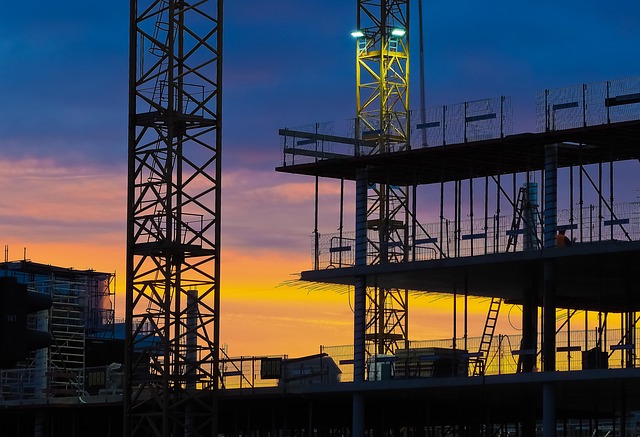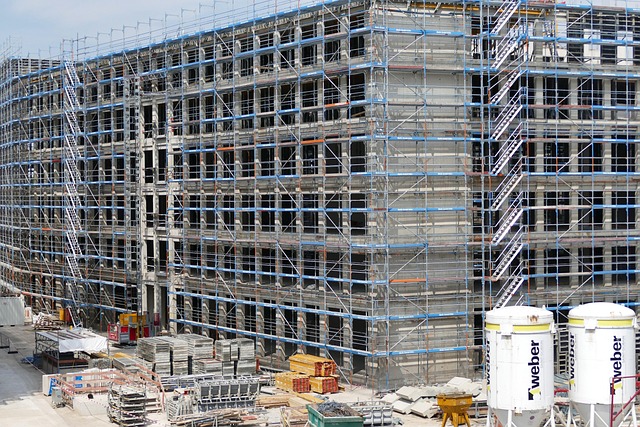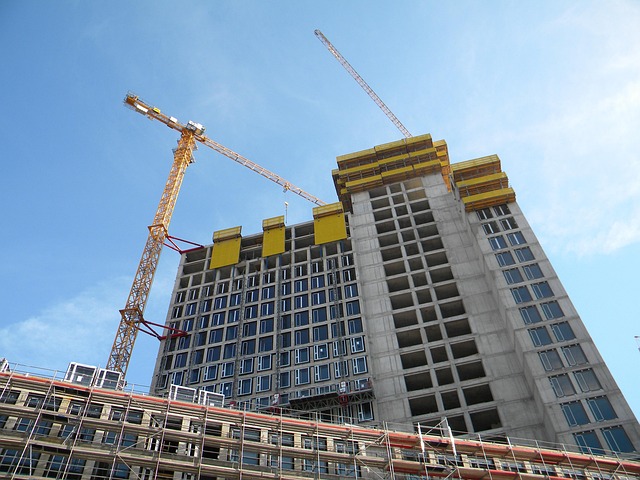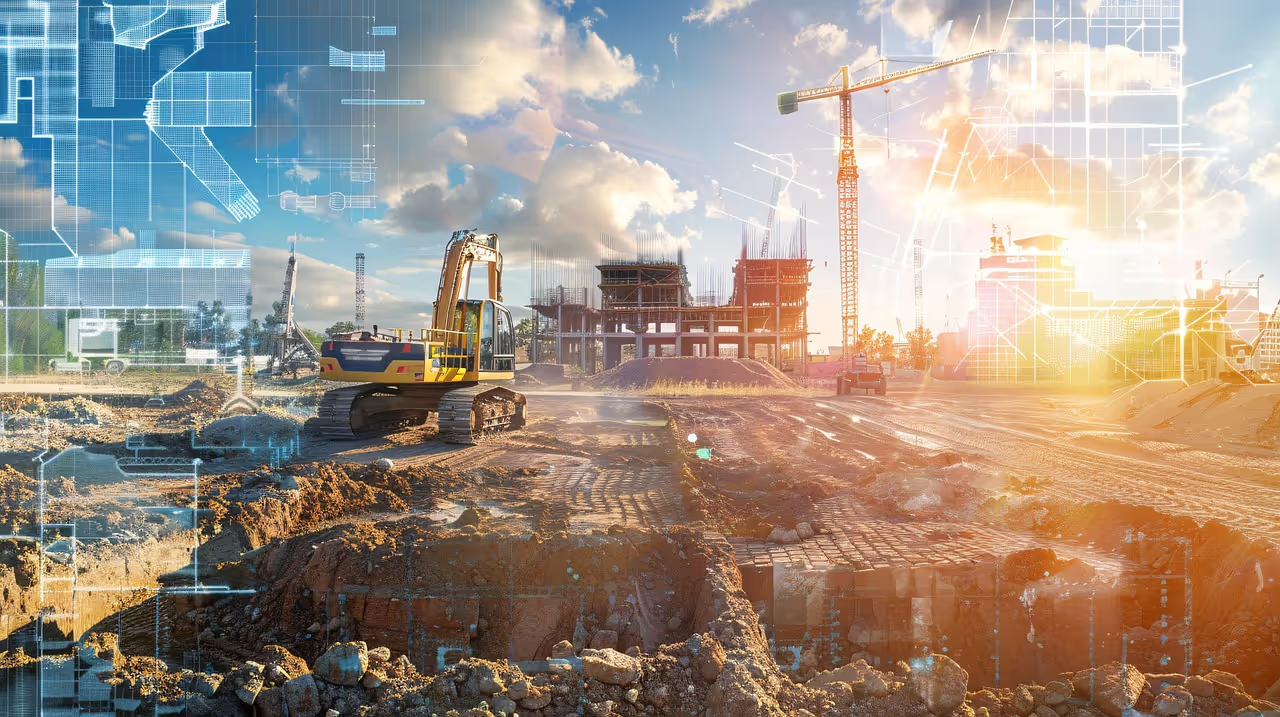The reconstruction of Syria is not merely about erecting buildings and structures; it's a historical opportunity to build a safer and more resilient future. To achieve this goal, adopting international building standards and ensuring quality assurance become indispensable cornerstones. By applying the latest global standards, we can ensure that reconstruction projects are safe, reliable, and capable of withstanding future challenges, including natural disasters.
Why International Standards and Quality Assurance are Crucial

Global experiences have shown that haphazard construction or building without adherence to engineering standards leads to catastrophic results, especially in risk-prone areas. Therefore, applying global building standards is not just a routine procedure; it is an ethical and professional commitment that ensures:
- Structural Safety: Designing and constructing buildings in a way that makes them capable of withstanding various loads, including earthquakes and harsh weather conditions.
- Reliability and Longevity: Using high-quality building materials and precise construction techniques to ensure the long-term sustainability of structures.
- Energy Efficiency: Integrating thermal insulation solutions and using renewable energy sources to reduce operational costs.
- Hazard Protection: Updating local building codes to be resilient against hazards and disasters, such as fires and floods.
Updating Local Regulations: A Step Towards the Future
To achieve these goals, it is essential to update local building codes to align with international standards. These codes must include clear guidelines on structural design, material selection, and modern construction techniques. Most importantly, adherence to these codes must be a fundamental requirement for obtaining building permits. This measure ensures that all projects, from the smallest home to the largest infrastructure endeavor, are subject to strict oversight and comply with the highest standards of quality and safety.
The Role of Quality Supervision

Enacting laws alone is not enough. These laws must be accompanied by effective quality supervision at all project stages, from design to handover. This includes:
- Reviewing Engineering Blueprints: Ensuring that designs comply with all adopted standards and regulations.
- Material Inspection: Testing the quality of materials used in construction, such as concrete and steel, to ensure they meet specifications.
- Execution Monitoring: On-site supervision of work progress to ensure that construction is carried out according to blueprints and standards.
- Accreditation and Licensing: Issuing occupancy certificates for buildings after verifying their safety and compliance with all conditions.
In conclusion, the reconstruction of Syria is an opportunity to rebuild trust in the construction sector and establish a culture of quality and safety. By adopting international building standards and implementing a rigorous quality assurance system, we can ensure that every stone laid contributes to building a safe and stable future for generations to come




